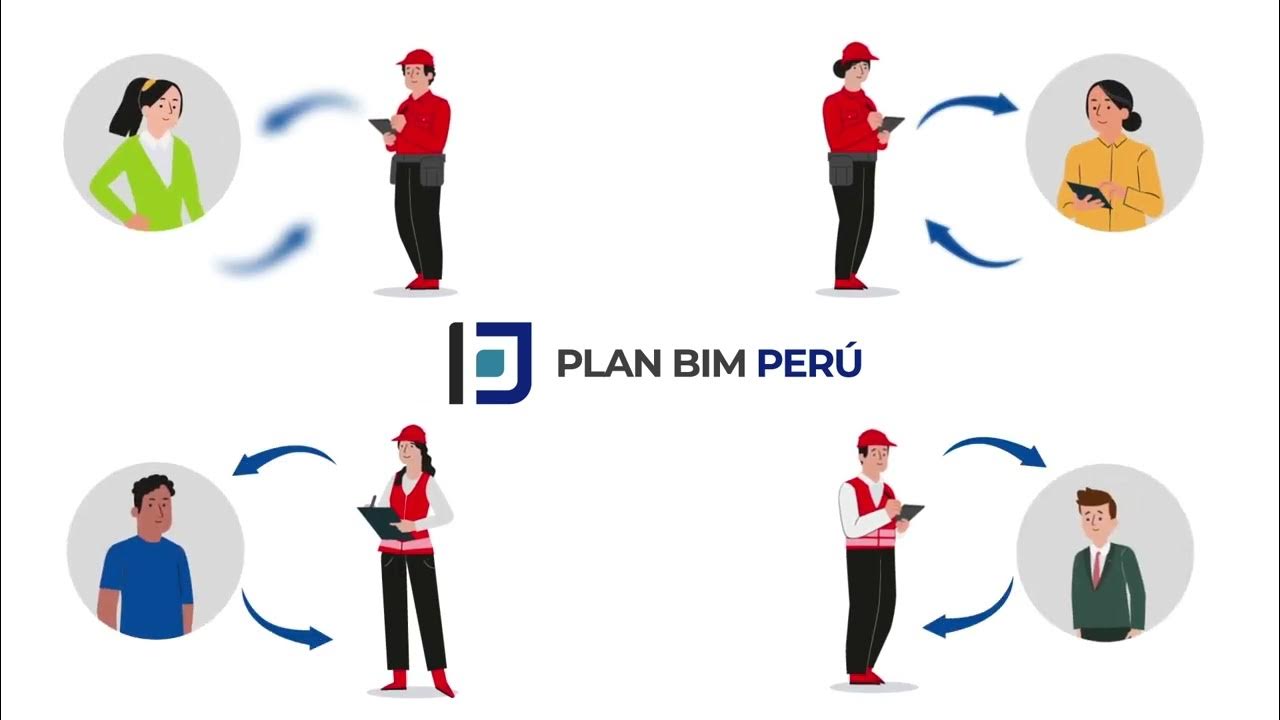How to Become a Fashion Designer
Summary
TLDREl guion del video ofrece un plan de estudio para aspirantes a diseñadores de moda, basado en programas de escuelas estadounidenses. Cubre desde la teoría del color y el diseño, hasta la sostenibilidad y la construcción de prendas. Aboga por la educación autodidacta y la importancia de conocer técnicas y procesos, con recomendaciones de libros y enlaces a recursos. Destaca la relevancia de Adobe Illustrator y Photoshop, y la necesidad de entender la historia de la moda y las prácticas de negocio para aquellos que desean iniciar su propia línea o trabajar como freelancers.
Takeaways
- 🎓 Empezar una carrera en diseño de moda puede hacerse a través de la educación formal, auto-empleo o como freelancer.
- 🏫 Una educación formal en diseño de moda incluye obtener un título universitario y aprender procesos y teorías básicas.
- 🛠️ El auto-empleo y el trabajo freelance pueden no requerir una educación formal, pero es crucial la auto-educación y conocimientos específicos.
- 💡 El diseño implica más que tener ideas; es necesario desarrollar, refinar y crear colecciones completas.
- 🎨 La teoría del color es fundamental, ya que influye en las decisiones de compra y hay una industria entera dedicada a servicios de color.
- 🧵 La importancia de los tejidos es crucial; son el medio verdadero del diseñador y es necesario estudiarlos obsesivamente.
- 🌿 La sostenibilidad es una área de estudio obligatoria que abarca materiales y procesos ecológicos, así como prácticas éticas en producción y trabajo.
- ✍️ El dibujo y la ilustración son habilidades claves, especialmente para aquellos que buscan trabajar en una empresa o como freelancers.
- 👗 El diseño técnico, también conocido como desarrollo de productos, es esencial para transformar ideas en prendas reales.
- 🖥️ Los programas Adobe Illustrator y Photoshop son estándares en la industria de la moda y son necesarios para el diseño y producción de prendas.
- 👖 El conocimiento de la construcción de prendas, como la planificación de patrones, drapeo y costura, es importante para entender y comunicarse con equipos de producción.
- 🏭 La manufactura de ropa y las prácticas comerciales son aspectos importantes que todos los diseñadores deberían entender, especialmente aquellos que piensan iniciar su propia línea.
- 📚 El estudio de la historia de la moda y el traje es una parte fundamental que proporciona un contexto cultural y temporal a las tendencias actuales.
Q & A
¿Cuáles son las tres formas principales de iniciar una carrera en diseño de moda?
-Las tres formas principales son: 1) ir a la universidad y obtener una licenciatura en bellas artes, armar un currículum y un portafolio y buscar trabajo; 2) iniciar tu propio negocio; 3) trabajar como freelancer en proyectos para diversas empresas.
¿Es necesario ir a la escuela para iniciar tu propio negocio o ser freelancer?
-No es necesario, pero es importante educarse uno mismo. La educación formal puede ayudar, pero hay otros recursos como videos y libros que pueden ser útiles.
¿Qué incluye el plan de estudios mencionado en el video?
-El plan de estudios incluye temas similares a los programas de moda en Estados Unidos y abarca diseño, teoría del color, telas, sostenibilidad, dibujo e ilustración, diseño técnico, Adobe Illustrator y Photoshop, confección de prendas, prácticas comerciales y la historia de la moda y del vestuario.
¿Por qué es importante estudiar teoría del color en diseño de moda?
-El color es un factor crucial en las decisiones de compra de las personas. Estudiar teoría del color ayuda a los diseñadores a crear paletas de colores atractivas y a entender cómo los colores afectan las percepciones y emociones.
¿Cuál es la importancia de conocer las telas para un diseñador de moda?
-Las telas son el medio principal de un diseñador de moda. Conocer las propiedades de diferentes telas, cómo se comportan y su calidad es esencial para crear diseños funcionales y de alta calidad.
¿Qué es la sostenibilidad en el contexto del diseño de moda?
-La sostenibilidad implica el uso de materiales y procesos ecológicos, así como enfoques éticos y de comercio justo en la producción y el trabajo. Es fundamental reducir el desperdicio, minimizar el impacto ambiental y tratar mejor a los trabajadores.
¿Es necesario ser un maestro en ilustración de moda para tener un negocio propio?
-No, no es necesario ser un maestro en ilustración para dirigir tu propio negocio. Sin embargo, es importante aprender los fundamentos del dibujo y cómo comunicar diseños de manera efectiva, especialmente mediante dibujos planos.
¿Qué es el diseño técnico y por qué es importante?
-El diseño técnico, o desarrollo de productos, implica dibujar planos de prendas, especificar medidas y crear paquetes técnicos. Es crucial para llevar las ideas a la realidad y producir prendas de manera efectiva.
¿Por qué es esencial aprender a usar Adobe Illustrator y Photoshop en la industria de la moda?
-Adobe Illustrator y Photoshop son los estándares de la industria para crear dibujos planos, paquetes técnicos y manipulación de imágenes. Tener habilidades en estos programas es fundamental para trabajar en moda hoy en día.
¿Cuál es el enfoque del video respecto a la historia de la moda y del vestuario?
-El video sugiere estudiar la historia básica de la moda del siglo XX y los principales estilos de cada década. También enfatiza la importancia de comprender la historia del vestuario de diferentes culturas y no solo la europea.
Outlines

Cette section est réservée aux utilisateurs payants. Améliorez votre compte pour accéder à cette section.
Améliorer maintenantMindmap

Cette section est réservée aux utilisateurs payants. Améliorez votre compte pour accéder à cette section.
Améliorer maintenantKeywords

Cette section est réservée aux utilisateurs payants. Améliorez votre compte pour accéder à cette section.
Améliorer maintenantHighlights

Cette section est réservée aux utilisateurs payants. Améliorez votre compte pour accéder à cette section.
Améliorer maintenantTranscripts

Cette section est réservée aux utilisateurs payants. Améliorez votre compte pour accéder à cette section.
Améliorer maintenant5.0 / 5 (0 votes)






